A Complete Guide to Painting with Gouache
Welcome to the vibrant world of gouache painting! If you’ve ever dipped your brush into a pot of this luscious paint, you know that it offers a unique blend of qualities that can elevate your artwork to new heights. Whether you’re a seasoned artist or just starting your creative journey, this guide will take you through everything you need to know about gouache—from its characteristics to advanced techniques that will set your creativity ablaze.
Gouache is a fascinating medium that sits somewhere between watercolor and acrylic. Imagine watercolor's transparency combined with acrylic's opacity—voilà! You have gouache. What makes gouache so exciting is its ability to produce vibrant colors that remain rich and saturated even when dry. Unlike watercolors, which can often appear washed out, gouache allows for bold, striking applications. It’s perfect for artists who love to create layers and textures, as it can be reactivated with water even after it dries. Plus, it’s incredibly forgiving, making it a favorite among both beginners and experienced artists alike.
Before diving into your gouache adventure, it’s essential to gather the right materials. Here’s a quick rundown of what you need to get started:
- Gouache Paints: Invest in a quality set that includes primary colors, as well as black and white.
- Brushes: A variety of brushes, including round and flat, will help you achieve different effects.
- Palette: A mixing palette is crucial for blending colors to perfection.
- Paper: Use thick, textured paper designed for gouache to handle the water and pigment effectively.
Having the right tools is like having the right ingredients for a recipe. They can make all the difference in the final outcome of your artwork!
Once you have your materials ready, it’s time to explore some basic techniques that will lay the foundation for your gouache skills. Mastering these methods will not only enhance your paintings but also allow you to express your creativity more freely. Let’s dive into some fundamental techniques:
Layering is one of the most powerful techniques in gouache painting. It involves applying multiple layers of paint to create depth and vibrancy. Start with a base layer of color and allow it to dry before adding additional layers. This method can produce stunning effects, especially when you mix lighter and darker shades. Think of it like building a cake—each layer adds to the overall flavor and texture. The more layers you add, the richer your painting will become!
Blending and glazing techniques are essential for achieving smooth transitions in your work. Blending allows you to create soft edges and gradients, while glazing involves applying a thin, transparent layer of paint over a dry layer to alter its color. This can create luminous effects that make your paintings pop! Imagine the way sunlight filters through leaves; that’s the kind of effect you can achieve with glazing.
Understanding color mixing is vital for any artist. Gouache paints are incredibly versatile, and by mastering color theory, you can create a stunning palette. Start with the primary colors and experiment with mixing them to create secondary and tertiary colors. Don’t be afraid to play around and discover unique shades that resonate with your artistic vision. Remember, color is not just about aesthetics; it can evoke emotions and set the mood of your artwork!
Like any medium, gouache comes with its own set of challenges. But don’t worry! Every artist faces hurdles, and knowing how to tackle them is part of the journey. Here are some common issues you might encounter:
One of the biggest pitfalls in gouache painting is ending up with muddy colors. This often happens when you mix too many colors together or apply wet paint over dry paint without proper technique. To maintain clarity, try to limit your palette and be mindful of your color choices. Always clean your brush between colors to keep them vibrant!
Gouache dries quickly, which can be both a blessing and a curse. While it allows for fast layering, it can also lead to rushed decisions. To manage drying times, consider working in smaller sections or using a palette with a lid to keep your paints moist longer. Think of it as a race; sometimes, it’s better to take your time and enjoy the process.
For those ready to take their gouache skills to the next level, advanced techniques like texture creation and mixed media approaches can open up a world of possibilities. Experiment with adding materials such as salt or sponges to create unique textures, or combine gouache with other mediums like ink or pastels to add depth and interest to your work. The sky's the limit when it comes to creativity!
Finding inspiration is key to creativity. Follow contemporary gouache artists on social media, browse art books, or even join online forums to share your work and receive feedback. Here are some resources to get you started:
- Books: "Gouache for Illustrators" by David C. K. Wong
- Artists to Follow: Look for artists like Aimee D. and Helen D. on Instagram.
- Online Courses: Websites like Skillshare and Udemy offer fantastic gouache painting classes.
Remember, the more you explore, the more inspired you’ll become!
Q: Can I use gouache on canvas?
A: Yes! While gouache is traditionally used on paper, it can also be applied to canvas. Just ensure the canvas is primed properly to absorb the paint.
Q: How do I store my gouache paints?
A: Store your gouache paints in a cool, dry place. If you have leftover paint on your palette, cover it with plastic wrap to keep it moist.
Q: Is gouache permanent once it dries?
A: Gouache is water-soluble, which means it can be reactivated with water even after it dries. However, it can be permanent if you apply a fixative over it.
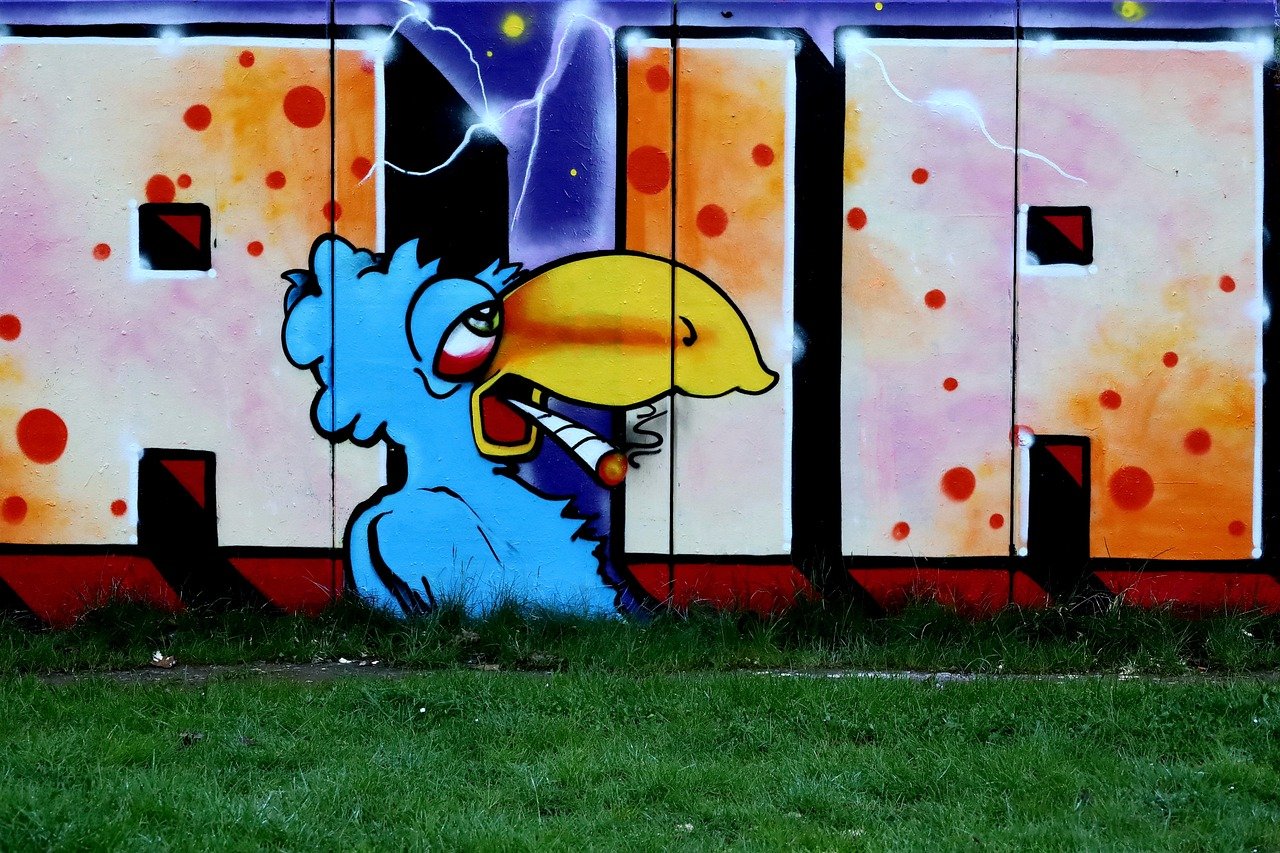
Understanding Gouache
Gouache is an incredibly versatile medium that sits comfortably between watercolor and acrylic paints. Imagine watercolor's delicate transparency mixed with the opaque richness of acrylic—this is gouache! Its unique properties allow artists to explore a wide range of effects and styles, making it a popular choice for both beginners and seasoned painters alike. One of the standout features of gouache is its opacity, which allows for vibrant colors that can be layered without losing their intensity. This characteristic sets it apart from traditional watercolors, which are often more transparent and can be challenging to build up in layers.
Another fantastic aspect of gouache is its quick-drying nature. Unlike oil paints that can take days to dry, gouache can be worked with relatively quickly, enabling artists to complete their pieces in a shorter time frame. However, this fast-drying quality can also be a double-edged sword, as it requires artists to work swiftly to avoid unwanted drying between strokes. So, if you’re someone who enjoys spontaneous creativity, gouache might just be your new best friend!
In addition to its unique drying time, gouache is known for its matte finish. This finish gives artworks a soft, velvety appearance, making it perfect for illustrations, design work, or any project where a non-reflective surface is desired. Artists often appreciate this quality as it allows for easier scanning and reproduction of their work without glare interference. Furthermore, gouache is also water-soluble, meaning it can be easily reactivated with water even after it dries, allowing for corrections and adjustments long after application.
When it comes to how gouache differs from other paint types, it’s essential to understand a few key comparisons:
| Property | Gouache | Watercolor | Acrylic |
|---|---|---|---|
| Opacity | High | Low | Varies |
| Finish | Matte | Transparent | Glossy or Matte |
| Drying Time | Fast | Medium | Fast |
| Reactivation with Water | Yes | Yes | No |
In summary, gouache is a fantastic medium that offers a unique blend of qualities, making it suitable for various artistic endeavors. Whether you’re creating bold illustrations or soft landscapes, gouache gives you the tools to express your creativity in a way that few other mediums can. So, why not dive in and explore the world of gouache painting? You might just find it to be your new favorite way to create!
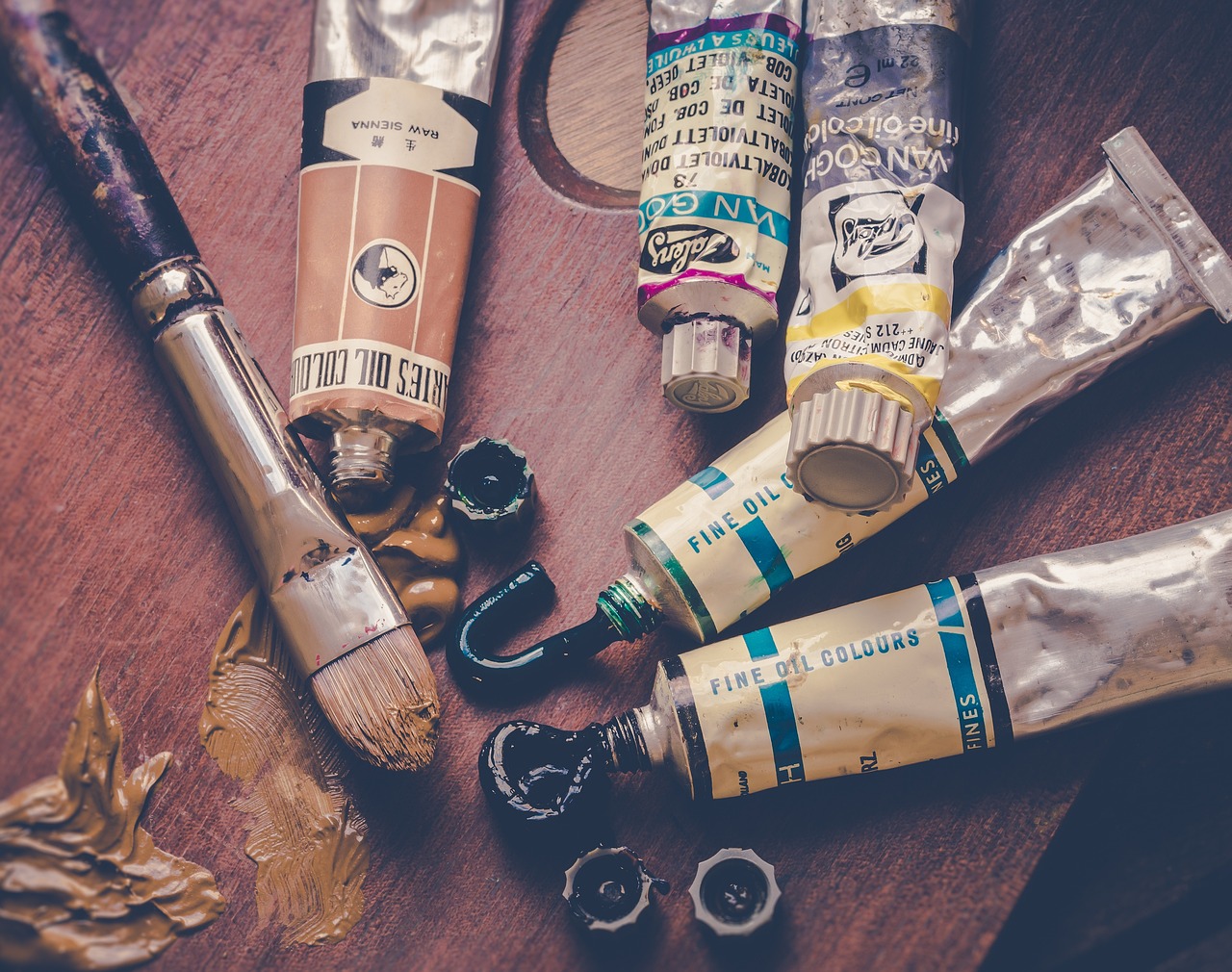
Essential Materials
When diving into the world of gouache painting, having the right materials can make all the difference between a mediocre piece and a stunning masterpiece. Gouache is a unique medium that requires specific tools to truly shine. First and foremost, you'll need high-quality gouache paints. Unlike watercolors, gouache has a higher pigment concentration, which allows for vibrant colors and excellent opacity. Look for brands that are known for their quality, such as Winsor & Newton or Holbein, to ensure you're getting the best results.
Next on the list is a set of brushes. The type of brushes you choose can greatly affect your painting technique and the overall outcome of your artwork. It's advisable to have a variety of brush shapes and sizes. Round brushes are perfect for detail work, while flat brushes are excellent for larger areas and bold strokes. Additionally, consider adding a few fan brushes for texture effects. A good set of synthetic or natural hair brushes will serve you well, as they can hold water and paint effectively.
Another essential material is the paper. Not all paper is created equal when it comes to gouache. You’ll want to select a heavyweight, cold-pressed watercolor paper that can handle the moisture without warping. Papers with a weight of at least 200 lb (or 425 gsm) are ideal, as they provide a sturdy surface for layering and blending. Some artists prefer to use specially designed gouache paper, which often has a textured surface to enhance the painting experience.
In addition to these primary materials, having a reliable palette is crucial. A palette with a smooth mixing surface will allow you to blend colors seamlessly. You can choose from traditional wooden palettes or opt for modern disposable palettes that make cleanup a breeze. Don't forget to include a water container for rinsing your brushes and a few paper towels for quick cleanups.
Lastly, consider investing in a good set of masking fluid and pencils for sketching your ideas before applying paint. Masking fluid can help protect certain areas of your painting from being painted over, allowing for crisp whites and highlights. As for pencils, a light touch with a HB or 2B pencil will help you outline your composition without leaving harsh lines that could distract from the final piece.
| Material | Purpose |
|---|---|
| Gouache Paints | Provides vibrant color and opacity. |
| Brushes | Used for applying paint; variety enhances technique. |
| Watercolor Paper | Sturdy surface for painting; prevents warping. |
| Palette | Mix colors smoothly. |
| Masking Fluid | Protects areas from paint. |
| Pencils | Sketch outlines for composition. |
By gathering these essential materials, you’ll set yourself up for success in your gouache painting journey. Remember, the right tools not only enhance your creativity but also empower you to express your artistic vision fully. So, whether you're a beginner or an experienced artist, investing in quality materials is a step you won't regret.
Q: Can I use regular watercolor paper for gouache?
A: While you can use watercolor paper, it's best to choose a heavier weight paper designed for gouache to prevent warping and ensure better paint adhesion.
Q: How do I clean my brushes after using gouache?
A: Rinse your brushes in water immediately after use, and use soap if necessary to remove any residual paint. Avoid letting gouache dry on the brushes to maintain their shape and quality.
Q: Can I mix gouache with other mediums?
A: Yes, gouache can be mixed with other mediums like acrylics or watercolors, but be aware that it may change the texture and finish of your artwork.
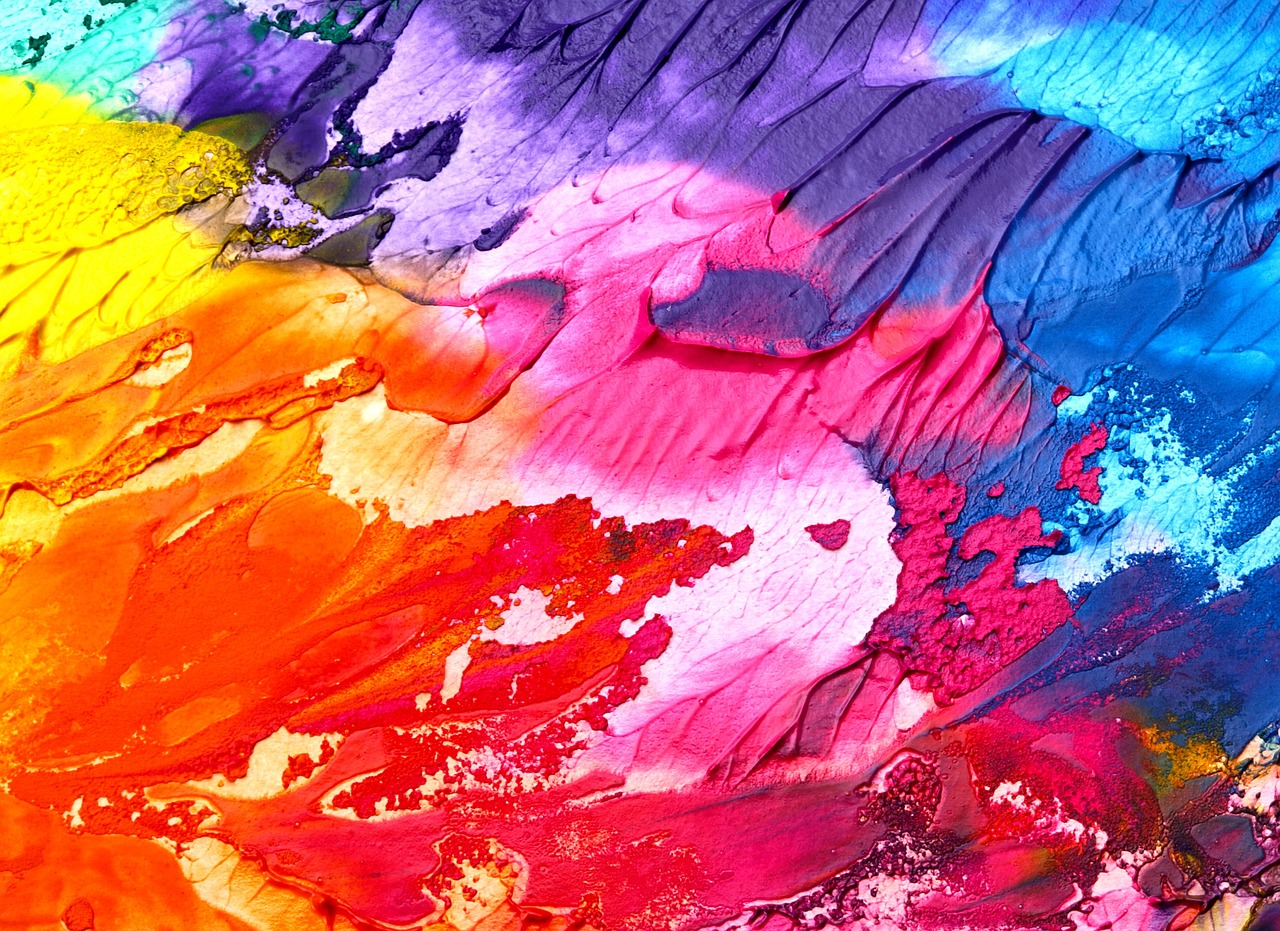
Basic Techniques
Mastering the basic techniques of gouache painting is essential for any artist aiming to create stunning and vibrant artwork. Gouache offers a unique blend of properties that can be both exciting and challenging. The beauty of gouache lies in its ability to allow artists to work with layers, blend colors seamlessly, and apply glazes for depth and richness. Whether you are a beginner or an experienced artist, understanding these foundational methods will elevate your painting skills and enhance your creative expression.
One of the most important techniques to grasp is layering. Layering involves applying multiple coats of paint to build up color and texture. This technique not only enhances the vibrancy of your colors but also allows for more complex compositions. When layering, it's crucial to let each layer dry completely before adding the next. This prevents the colors from mixing unintentionally and keeps your artwork crisp and clean. Remember, patience is key here; think of layering like building a cake, where each layer adds to the overall flavor and structure.
To effectively build layers in your gouache paintings, consider the following tips:
- Start with a light base layer, using diluted gouache to establish your foundational colors.
- As you progress, gradually increase the opacity of your layers to achieve a richer color depth.
- Use a variety of brushes to create different textures and effects in your layers.
Another fundamental technique is blending. Blending allows for smooth transitions between colors, creating a more cohesive look in your artwork. Unlike acrylics, gouache can be reactivated with water even after it dries, which is a fantastic feature for blending. To blend effectively, apply wet paint onto a wet surface or use a damp brush to soften the edges of your colors. This technique can be likened to mixing colors on a palette; the more you work the colors together, the more harmonious the result.
Glazing is a technique that involves applying a transparent layer of paint over a dried layer. This can add depth and complexity to your work. To achieve a successful glaze, dilute your gouache with water or a medium to make it more transparent, then gently brush it over your dry painting. The underlying colors will show through, creating a luminous effect. Think of glazing as adding a filter to a photograph; it enhances the image without completely altering the original.
Incorporating these basic techniques into your gouache practice will not only improve your skill set but also encourage you to experiment and find your unique artistic voice. Remember, the journey of learning gouache painting is as important as the destination. So grab your brushes, embrace the process, and let your creativity flow!
1. Can I use regular watercolor paper for gouache painting?
Yes, you can use watercolor paper for gouache, but it’s best to choose a heavier weight paper to handle the additional layers of paint.
2. How do I clean my brushes after using gouache?
Rinse your brushes in water immediately after use. Gouache is water-soluble when wet, making cleanup easy. However, if it dries on the brushes, it can be more challenging to remove.
3. Can I mix gouache with other mediums?
Absolutely! Gouache can be mixed with watercolor and even acrylics for unique effects. Just be mindful of the drying times and properties of each medium.
4. How do I prevent my gouache from drying out too quickly?
Keep your palette covered with a damp cloth when not in use, and consider using a slow-drying medium to extend the working time of your gouache.
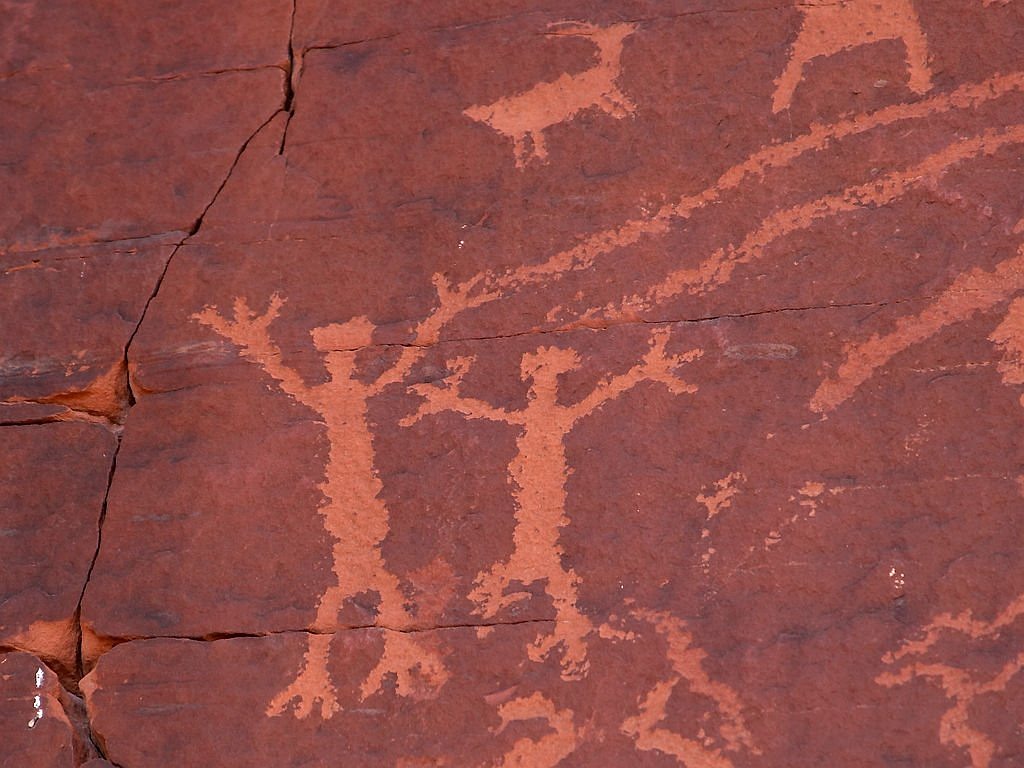
Layering Techniques
Layering is one of the most powerful techniques in gouache painting, and mastering it can truly elevate your artwork. Imagine building a cake, where each layer adds flavor and richness; similarly, each layer of gouache contributes depth and vibrancy to your painting. The beauty of gouache lies in its ability to be layered, allowing artists to create stunning visual effects that can’t be achieved with a single application. To begin layering, start with a solid base layer—this could be a light wash of color that sets the foundation for your artwork. Once this layer is dry, you can start adding more colors on top, gradually increasing the intensity and complexity of your composition.
One of the key things to remember when layering is to work from light to dark. This approach not only helps maintain the brightness of your colors but also allows you to build up shadows and details effectively. For instance, if you’re painting a landscape, you might start with a soft blue sky, then add a few clouds with white gouache, and finally layer in darker colors for the trees and ground. This method creates a sense of depth and realism in your work.
Another important aspect of layering is the transparency of your paint. Gouache can be used both opaquely and transparently, which means you can create layers that either completely cover the layer below or allow it to show through. To achieve this, simply dilute your gouache with water for a more transparent effect. This technique is especially effective when you want to create a soft gradient or a subtle color transition. Experimenting with different levels of dilution will help you find the right balance for your specific artwork.
As you layer, keep an eye on the drying times of your gouache. While it dries relatively quickly, it’s essential to allow each layer to dry completely before applying the next one. This prevents unwanted mixing of colors and maintains the integrity of your layers. You can speed up the drying process by using a hairdryer on a low setting, but be cautious not to overheat the paint, as this can alter its texture and finish.
Finally, don’t be afraid to experiment with different brush techniques when layering. A flat brush can create sharp lines, while a round brush can help achieve soft edges. You might also want to try using a palette knife for applying thicker layers or creating texture. Remember, the key to successful layering is practice, so grab your gouache and start layering away!
In summary, layering in gouache painting is about building up colors and textures to create a visually appealing piece. By starting with a solid foundation, working from light to dark, and experimenting with transparency, you can unlock the full potential of this versatile medium. So, get ready to dive into the world of gouache and let your creativity flow!
- What is the best way to start layering with gouache? Begin with a light base layer and allow it to dry before adding darker colors on top.
- Can I mix gouache with other mediums? Yes, gouache can be used in conjunction with watercolors and acrylics, but be mindful of drying times and texture differences.
- How can I achieve a transparent effect in my layers? Dilute your gouache with water to create a more transparent wash that allows underlying colors to show through.
- What tools are best for layering? A variety of brushes, including flat and round, as well as palette knives, can be useful for different layering techniques.
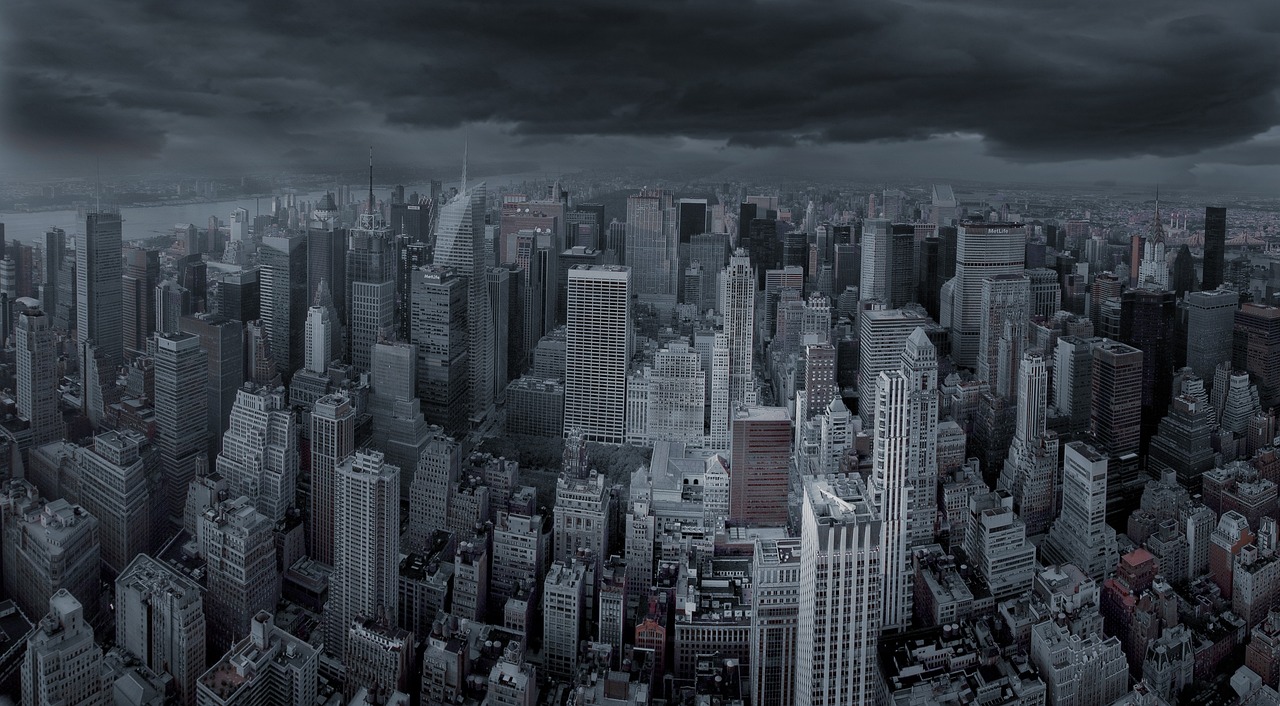
Blending and Glazing
Blending and glazing are two essential techniques that can transform your gouache paintings from ordinary to extraordinary. When you think about blending, imagine the way colors dance together on your canvas, merging seamlessly to create a harmonious visual narrative. This technique allows artists to achieve smooth transitions between hues, resulting in a soft, almost ethereal quality. On the other hand, glazing involves layering transparent washes of color over dried paint, which can add depth and luminosity to your artwork. It’s like adding a filter to a photograph; suddenly, everything looks richer and more vibrant!
To effectively blend colors in gouache, you’ll want to work while the paint is still wet. Start by applying a base color on your canvas, and then, using a clean brush, gently stroke in the second color you wish to blend. The key is to use a light touch; too much pressure can disrupt the paint layers and create unwanted textures. Think of blending as a dance; each brushstroke should flow into the next, creating a rhythm that draws the viewer's eye across the painting.
Glazing, however, requires a bit more patience. Once your first layer of gouache has dried completely, you can begin applying a thin wash of a different color. This wash should be diluted with water to ensure transparency. As you layer these washes, you’ll notice how the underlying colors interact, producing stunning effects that can’t be achieved with a single layer of paint. For example, if you lay a warm yellow glaze over a cool blue base, you can create a vibrant green that has depth and complexity. Remember, the beauty of glazing lies in its subtlety; it’s all about building up layers to achieve the desired effect.
Here’s a quick comparison to help you understand the differences and applications of blending and glazing:
| Technique | Application | Effect |
|---|---|---|
| Blending | Combining colors while wet | Smooth transitions, soft edges |
| Glazing | Layering transparent colors over dried paint | Depth, luminosity, and richness |
Both blending and glazing can be used in tandem to create dynamic and visually appealing artworks. As you practice these techniques, don’t be afraid to experiment! Try different color combinations and observe how they interact. You might discover unexpected results that could inspire your next masterpiece. Remember, art is all about exploration, so let your creativity flow!
- What is the difference between blending and glazing? Blending is done with wet paint to create smooth transitions, while glazing involves layering transparent washes over dried paint for added depth.
- Can I use blending and glazing together? Absolutely! Using both techniques can enhance your artwork by adding complexity and richness to your colors.
- Do I need special brushes for blending and glazing? While you can use any brushes, softer brushes are often preferred for blending to avoid harsh lines, and flat brushes work well for glazing.
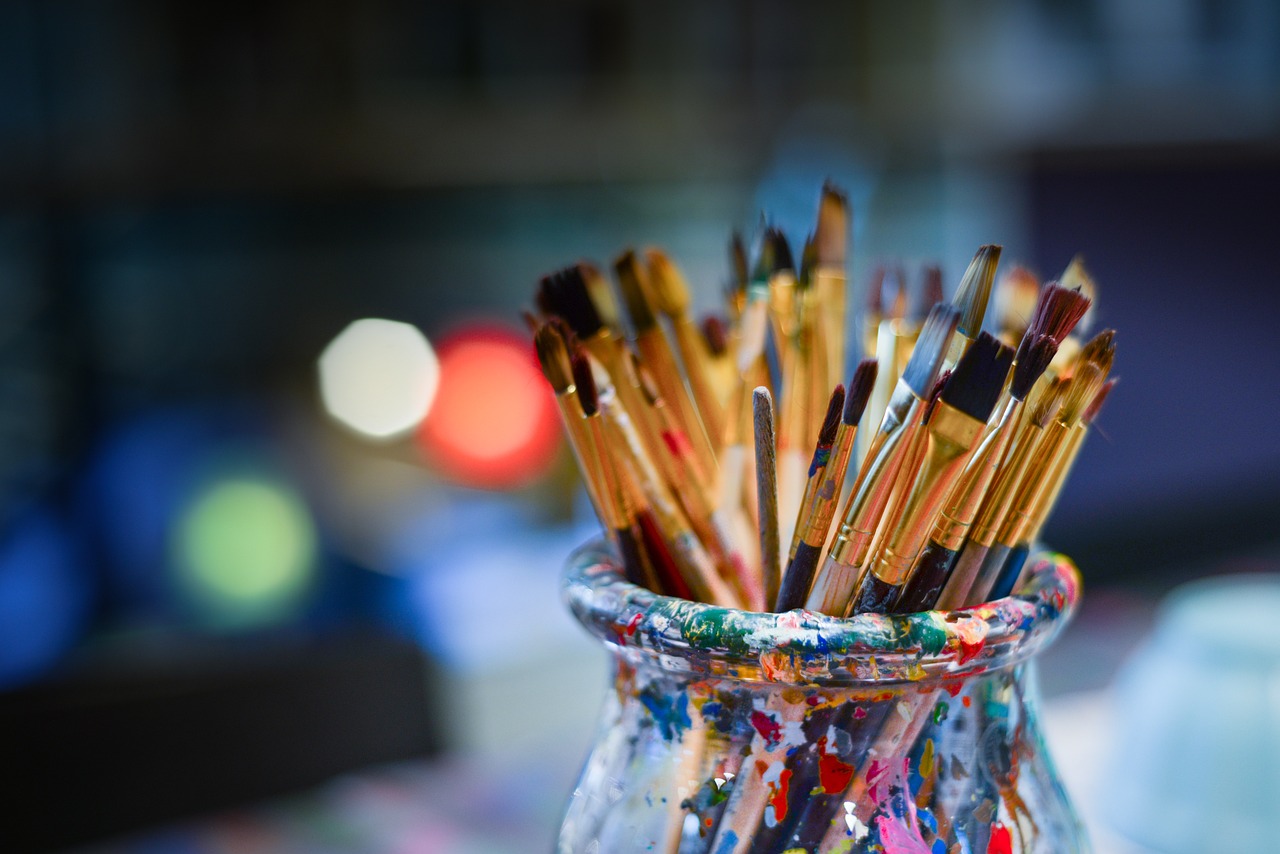
Color Mixing
When it comes to gouache painting, understanding color mixing is essential for any artist looking to create vibrant and dynamic works. Just like a chef carefully selects ingredients to create a delicious dish, artists must learn how to blend colors to achieve the perfect hues and tones. Gouache, with its unique properties, offers a fantastic playground for color exploration. Unlike watercolor, which can appear transparent, gouache is opaque, allowing for more intense color combinations and layering.
At its core, color mixing involves the combination of primary colors—red, blue, and yellow—to create a spectrum of secondary and tertiary colors. Here’s a quick breakdown:
| Primary Colors | Secondary Colors | Tertiary Colors |
|---|---|---|
| Red | Orange (Red + Yellow) | Red-Orange (Red + Orange) |
| Blue | Green (Blue + Yellow) | Blue-Green (Blue + Green) |
| Yellow | Purple (Red + Blue) | Yellow-Orange (Yellow + Orange) |
To mix colors effectively, it’s essential to start with a clean palette and use a limited range of colors at first. This approach not only helps in understanding how colors interact but also prevents overwhelming your senses with too many options. Begin with the primary colors and experiment by adding small amounts of each to create your desired shades. Remember, it’s easier to darken a color than to lighten it, so start with a bit of color and gradually add more as needed.
Another important aspect of color mixing is understanding the concept of complementary colors. These are colors that are opposite each other on the color wheel, such as blue and orange or red and green. When mixed together, they can create a neutral tone, which is particularly useful for shading and adding depth to your work. Here’s a quick tip: if you ever find your colors looking too vibrant or “loud,” try adding a touch of the complementary color to tone it down.
As you become more comfortable with mixing colors, consider exploring the temperature of colors—cool and warm tones. Cool colors (like blues and greens) tend to recede in a painting, creating a sense of depth, while warm colors (like reds and yellows) advance, drawing the viewer's eye. Mixing these temperatures can add a fantastic dynamic to your artwork, making it feel more alive and engaging.
Finally, don’t forget to keep a color mixing journal. Document your experiments with different color combinations, noting what works and what doesn’t. This not only helps you remember your discoveries for future projects but also serves as a source of inspiration when you’re feeling stuck. Just like a musician practices scales, an artist benefits from practicing color mixing techniques regularly.
In conclusion, mastering color mixing in gouache painting opens up a world of possibilities for your artistic expression. By understanding the fundamentals of color theory, experimenting with different combinations, and keeping track of your progress, you’ll find that your ability to create stunning, vibrant pieces will grow exponentially. So grab your palette, unleash your creativity, and watch as your paintings come to life with color!
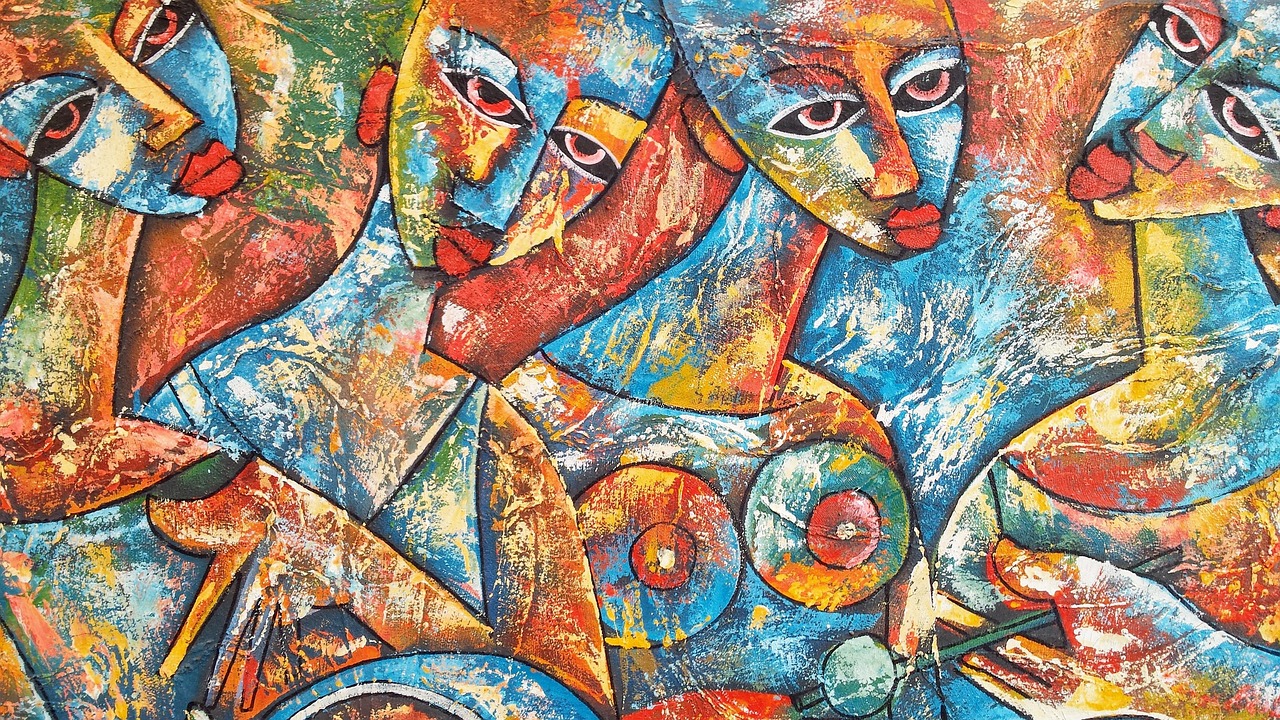
Common Challenges
When diving into the vibrant world of gouache painting, you may find yourself facing a few common challenges that can throw a wrench in your creative flow. But fear not! Understanding these hurdles is the first step toward mastering the medium. One of the most frequent issues artists encounter is the dreaded muddy colors. You know that feeling when you mix your paints, and instead of a beautiful hue, you end up with a dull, lifeless color? It’s like trying to bake a cake and ending up with a flat pancake! This usually happens when colors are overmixed or when complementary colors are combined without care. To avoid this, remember to keep your palette clean and mix colors in small amounts. Always test your mixtures on a scrap piece of paper before applying them to your artwork.
Another challenge is managing drying times. Gouache dries faster than watercolor, which can be both a blessing and a curse. On one hand, it allows for quick layering, but on the other, it can lead to rushed decisions. If you're not careful, you might find that your paint is drying too quickly, making it difficult to blend or layer effectively. To combat this, consider using a palette with a lid to keep your paints moist longer, or mist your palette with water periodically. This way, you can extend your working time and achieve those smooth transitions that make your paintings pop.
Additionally, many artists struggle with achieving the desired opacity and vibrancy in their work. Gouache is known for its opaque qualities, but sometimes it can appear too thin, especially if too much water is added. To maintain that rich, vibrant look, use less water when mixing your gouache, and opt for thicker applications. Remember, the beauty of gouache lies in its versatility; you can work it like watercolor or apply it thickly like acrylics. Finding that balance is key.
Lastly, it’s essential to recognize that every artist faces these challenges at some point. Embrace the learning curve! Keep experimenting and don’t be afraid to make mistakes. Each challenge is an opportunity to grow and refine your technique. After all, even the most seasoned artists were once beginners, navigating the same waters you are today.
- What is the best paper to use for gouache? Look for heavy, textured watercolor paper or specially designed gouache paper to handle the paint's thickness.
- Can I mix gouache with other mediums? Absolutely! Gouache works well with watercolor and even acrylics, allowing for exciting mixed media projects.
- How do I store leftover gouache? Always store your gouache in an airtight container or palette with a lid to keep it fresh for your next painting session.
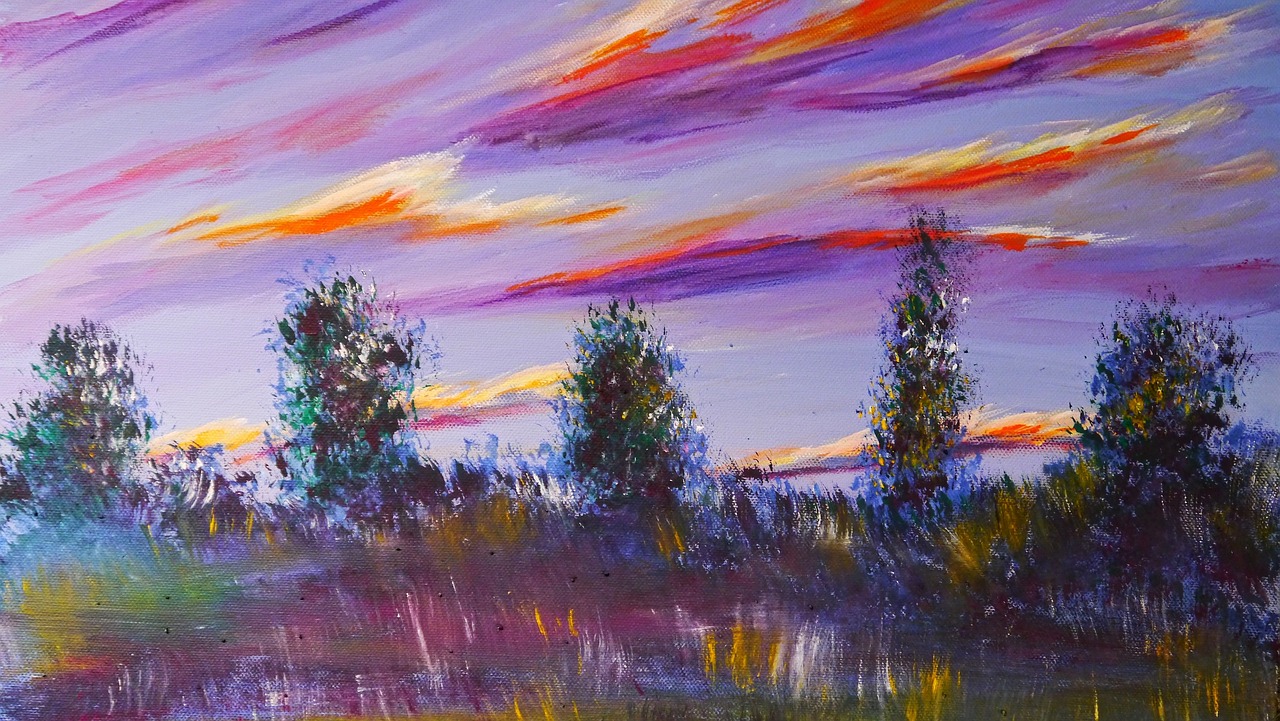
Preventing Muddy Colors
When it comes to gouache painting, one of the biggest challenges artists face is preventing muddy colors. It's a common pitfall that can leave your artwork looking dull and lifeless, which is the last thing any artist wants. So, how do you keep your colors vibrant and fresh? The key lies in understanding color mixing and the layering technique.
First and foremost, it's essential to choose your colors wisely. Always start with a limited palette to maintain control over your mixing. Using too many colors can lead to confusion and ultimately result in muddy hues. A good practice is to select a few primary colors and mix them to create secondary colors. This method not only simplifies your palette but also ensures that your colors remain harmonious.
Another crucial aspect to consider is the order in which you apply your paint. When layering, always allow each layer to dry before adding the next. This technique helps to prevent the colors from blending into a muddy mess. If you apply wet paint on top of wet paint, the colors will mix on the canvas, leading to unappealing results. Instead, let each layer dry thoroughly, and you'll find that your colors retain their vibrancy and clarity.
Additionally, be mindful of the amount of water you use. Gouache is water-soluble, which means that adding too much water can dilute your colors and lead to a muddy appearance. To achieve the best results, use just enough water to get the consistency you desire without sacrificing color intensity. A good rule of thumb is to aim for a creamy texture that allows the paint to glide smoothly on the paper.
Here are some quick tips to keep in mind:
- Limit your color palette: Stick to a few colors to maintain vibrancy.
- Layer wisely: Let each layer dry before adding more paint.
- Control your water usage: Use minimal water to avoid dilution.
Lastly, don't forget to experiment! Sometimes, the most surprising and beautiful results come from trying something new. If you find yourself struggling with muddy colors, take a step back and reassess your techniques. Painting is all about exploration, and by understanding the properties of gouache, you can create stunning artworks that truly shine.
Q: What is the best way to avoid muddy colors in gouache painting?
A: To avoid muddy colors, limit your palette, allow layers to dry before adding more, and control your water usage to maintain color vibrancy.
Q: Can I mix gouache with other mediums?
A: Yes, gouache can be mixed with other mediums, but be cautious as this may affect the opacity and texture of your paint.
Q: How can I restore dried gouache paint?
A: You can revive dried gouache by adding a small amount of water and mixing it until you achieve the desired consistency.
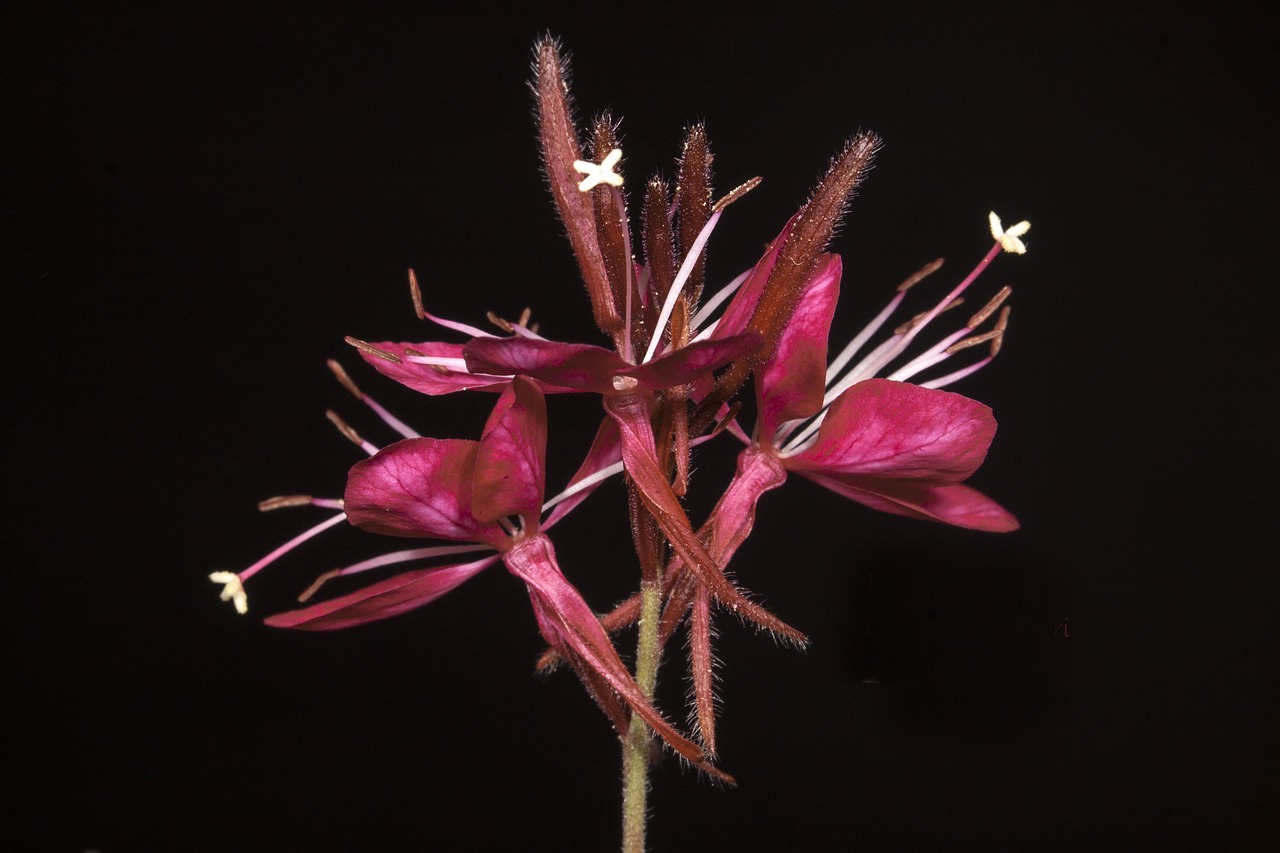
Dealing with Drying Time
When it comes to gouache painting, one of the most significant aspects you have to manage is the drying time. Unlike oils that can take days to dry, gouache dries relatively quickly, which can be both a blessing and a curse. On one hand, this rapid drying allows you to layer your work without waiting for hours. On the other, it can lead to challenges, especially when you want to blend colors or make adjustments. So, how do you navigate this tricky terrain?
First off, it’s essential to understand that the drying time of gouache can vary based on several factors, including the thickness of the paint, the humidity in your workspace, and the type of paper you’re using. Typically, gouache can dry in about 15 to 30 minutes, but this can change significantly. For example, if you’re painting on a hot day, the paint may dry even faster than you expect, leaving you scrambling to blend before it sets. To give you a clearer picture, here’s a quick overview:
| Condition | Drying Time |
|---|---|
| Thin Layers | 10-15 minutes |
| Thick Layers | 30-60 minutes |
| High Humidity | 15-30 minutes |
| Low Humidity | 5-15 minutes |
To effectively deal with drying times, consider these practical tips:
- Work in Layers: Start with a base layer and allow it to dry before adding more layers. This technique not only helps with drying time but also enhances the vibrancy of your colors.
- Use a Palette with a Lid: Keep your gouache paints moist by using a palette that can be covered. This way, you can return to your colors even after a break.
- Control Your Environment: If possible, adjust the humidity and temperature of your workspace. A more humid environment can slow down drying time, giving you more flexibility.
Finally, don’t be afraid to embrace the quick-drying nature of gouache! Use it to your advantage by planning your painting sessions around it. For instance, if you know you’ll be working on a detailed area, start with broader strokes and allow them to dry while you tackle other sections. This way, you can keep the momentum going without feeling rushed.
In conclusion, while drying time can present challenges, it also offers opportunities for creative exploration. With a little practice and the right strategies, you can master the art of gouache painting and make the most of this unique medium.
Here are some common questions artists have about dealing with drying time in gouache painting:
- Can I re-wet dried gouache? Yes, gouache can be reactivated with water, which allows for corrections and blending even after it has dried.
- How can I slow down the drying process? You can slow drying by using a wet palette or adding a retarder specifically designed for gouache.
- Is there a difference in drying time between different brands of gouache? Absolutely! Different brands have varying formulations, which can affect drying times. It’s worth experimenting to find one that suits your style.
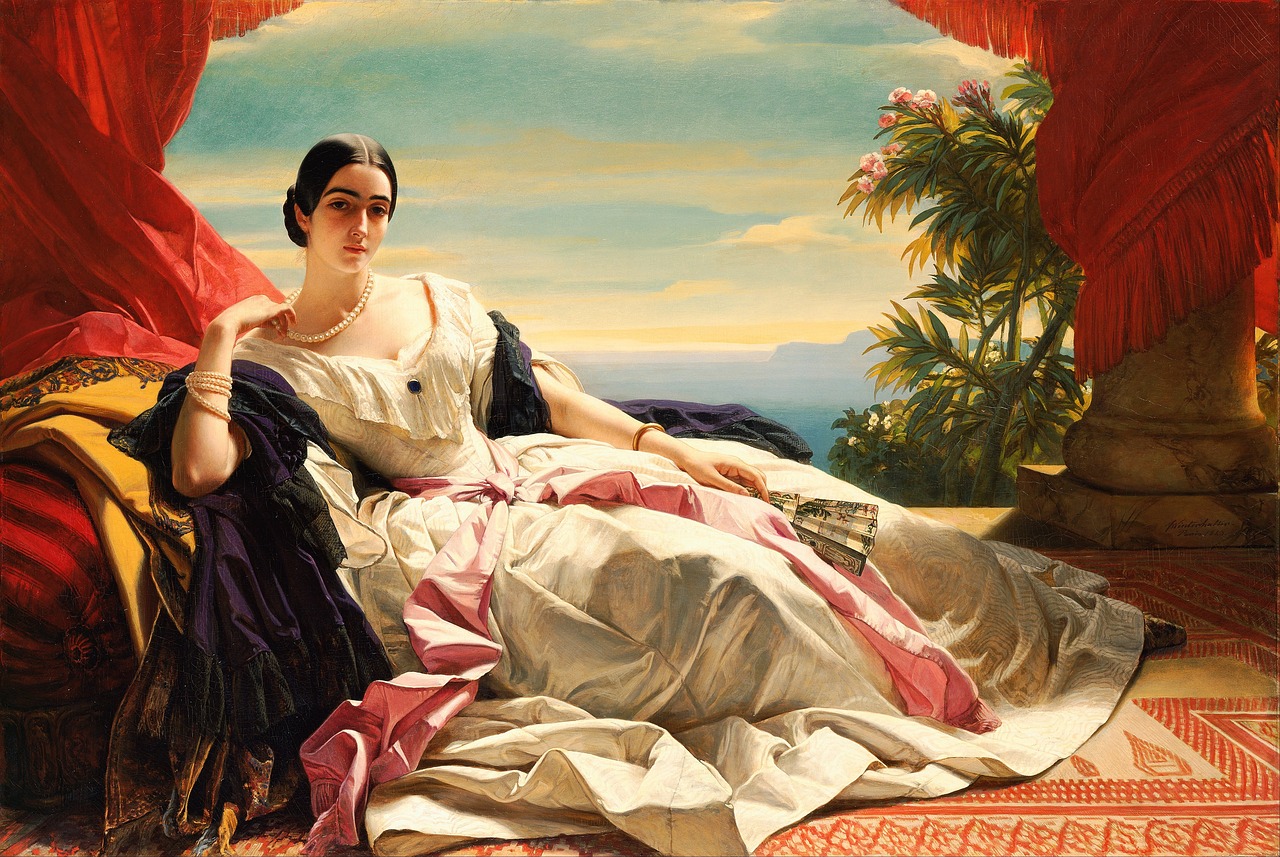
Advanced Techniques
As you dive deeper into the world of gouache painting, you'll find that mastering can significantly elevate your artwork. These methods not only enhance your creative expression but also allow you to explore the medium's full potential. One of the most exciting aspects of gouache is its versatility, enabling artists to experiment with various styles and approaches. Here, we’ll explore some of these advanced techniques that can transform your paintings from good to truly stunning.
One popular technique among seasoned gouache artists is texture creation. This involves using different tools and methods to add depth and interest to your pieces. For instance, you can utilize sponges, palette knives, or even your fingers to create unique textures on the canvas. By layering different colors and applying varying pressure, you can produce effects that mimic natural elements like stone, foliage, or even water. Imagine painting a landscape where the rocks feel rough and the trees have a soft, leafy texture—this technique can help you achieve that.
Another advanced method is the incorporation of mixed media. This technique allows you to combine gouache with other mediums such as ink, watercolor, or acrylics. The blending of these materials can lead to exciting and unexpected results. For example, you might start with a watercolor base for a soft wash and then apply gouache on top for vibrant details. This layering not only adds visual interest but also depth to your work, making it more dynamic. It’s like creating a symphony where each instrument contributes to a beautiful melody!
Additionally, you can experiment with transparency and opacity in your gouache paintings. While gouache is generally known for its opacity, playing with water dilution can create stunning transparent washes. This allows for a unique interplay of light and shadow in your artwork. For instance, by applying a thin wash of color over a dry layer, you can achieve a luminous effect that adds a sense of realism and depth. Think of it as the difference between a bright sunny day and the soft glow of twilight.
For those looking to push their boundaries even further, consider exploring the use of unconventional surfaces. While traditional watercolor paper is a staple, experimenting with wood panels, canvas, or even fabric can yield fascinating results. Each surface interacts differently with the gouache, offering new textures and finishes that can enhance your artistic vision. Imagine painting on a smooth wooden panel where the paint glides effortlessly, or on a textured canvas that absorbs color in unexpected ways.
Lastly, don't forget the importance of composition and storytelling in your advanced gouache techniques. As you become more comfortable with the medium, think about how you can convey a narrative through your artwork. Consider the arrangement of elements within your piece and how they guide the viewer's eye. A well-composed painting can evoke emotions and tell a story, making your artwork not just visually appealing but also meaningful.
In conclusion, mastering advanced techniques in gouache painting opens up a world of creative possibilities. By exploring texture creation, mixed media, transparency, unconventional surfaces, and thoughtful composition, you can truly elevate your artistic practice. Remember, the journey of an artist is all about experimentation and discovery, so don’t hesitate to push your boundaries and try new things!
- What is the best way to start with advanced gouache techniques? Begin by practicing basic techniques and gradually introduce new methods like texture creation and mixed media.
- Can I use gouache on any surface? Yes, gouache can be used on various surfaces, including paper, canvas, and even wood. Just ensure the surface is prepared properly for best results.
- How do I maintain the vibrancy of colors when using advanced techniques? Always work with fresh gouache and avoid over-mixing colors to keep them vibrant. Layering can also enhance color depth.
- Is it necessary to use special brushes for advanced techniques? While not necessary, using different types of brushes can help achieve specific effects and textures.
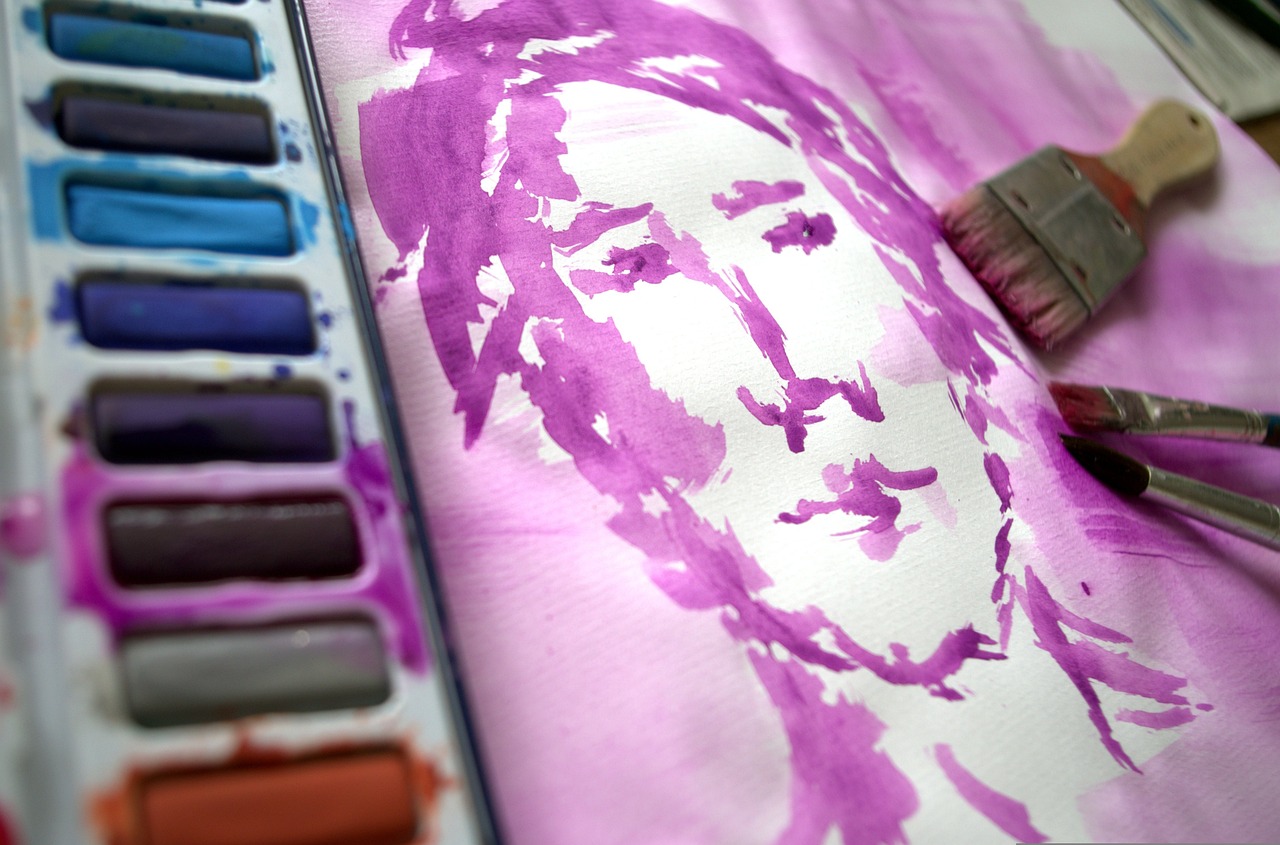
Inspiration and Resources
Finding inspiration is crucial for any artist, and gouache painting is no exception. Whether you're just starting or looking to elevate your skills, tapping into various resources can ignite your creativity and help you discover new techniques. One of the best ways to gain inspiration is by exploring the work of other artists. Websites like Instagram and Pinterest are treasure troves of gouache artworks, where you can follow talented artists and see their unique styles and methods. Don't hesitate to engage with them; many artists appreciate feedback and love to share tips!
Books are another fantastic resource. They not only provide step-by-step guides but also delve into the philosophy behind painting. Here are a few recommended titles that can enhance your gouache journey:
| Title | Author | Overview |
|---|---|---|
| Gouache for Beginners | Jane Doe | A comprehensive guide that covers the basics of gouache painting, including techniques and materials. |
| The Art of Gouache | John Smith | This book explores various styles and methods, featuring interviews with professional artists. |
| Color Mixing in Gouache | Emily White | A deep dive into color theory specifically for gouache, teaching you how to create stunning palettes. |
Online courses can also be incredibly beneficial. Platforms like Skillshare and Udemy offer courses tailored to gouache painting, where you can learn at your own pace. These courses often include video tutorials, which can be a great way to see techniques in action.
Lastly, don't underestimate the power of community. Joining art groups on social media or local art clubs can provide not only inspiration but also a support system. Sharing your work and receiving constructive feedback can motivate you to push your boundaries. Remember, every artist faces challenges, and connecting with others can lead to unexpected breakthroughs.
In essence, inspiration is everywhere if you know where to look. By utilizing a mix of online resources, books, and community engagement, you can continuously fuel your creativity and enhance your gouache painting skills.
- What is gouache paint? Gouache is a water-based paint that combines the qualities of watercolor and acrylic, offering vibrant colors and a matte finish.
- Can I use gouache on canvas? Yes, gouache can be used on various surfaces, including canvas, paper, and wood.
- How do I prevent gouache from drying too quickly? You can use a palette with a lid or a wet palette to keep your gouache moist for longer periods.
- Is gouache permanent? While gouache is water-soluble when wet, it can become permanent once dry, especially when layered properly.
Frequently Asked Questions
- What is gouache, and how does it differ from watercolor and acrylic paints?
Gouache is a unique painting medium that combines the transparency of watercolor with the opacity of acrylic. Unlike watercolor, which is more transparent and relies on layering for depth, gouache offers a more vibrant and solid finish. Its creamy consistency allows for easy blending and layering, making it distinct from acrylics, which dry quickly and can become permanent. This versatility makes gouache a favorite among artists who enjoy experimenting with various techniques.
- What materials do I need to start painting with gouache?
To get started with gouache, you'll need a few essential materials: high-quality gouache paints, a set of brushes (preferably synthetic for easy cleaning), watercolor paper or gouache-specific paper, a palette for mixing colors, and a container of water for rinsing your brushes. You may also want to have paper towels on hand for quick clean-ups and a sketchbook for practicing your techniques.
- How can I prevent muddy colors when painting with gouache?
Muddy colors often occur when too many colors are mixed together or when colors are applied inappropriately. To maintain clarity, start with a limited color palette and gradually mix only the colors you need. Always clean your brush between color changes and apply lighter colors over darker ones rather than mixing them directly on the palette. This way, you can keep your colors vibrant and distinct.
- What techniques can I use to create depth in my gouache paintings?
Layering, blending, and glazing are three fundamental techniques that can help create depth in your gouache artwork. Layering involves applying multiple coats of paint to build up color and texture, while blending allows for smooth transitions between colors. Glazing, on the other hand, is the application of a thin, transparent layer of color over a dry base, adding richness and complexity to your work.
- How do I manage the fast drying time of gouache?
Gouache dries relatively quickly, which can be both an advantage and a challenge. To manage this, you can work in smaller sections, applying water to your palette to keep the paint moist longer. Additionally, using a wet brush or a spray bottle to mist your painting can help extend the working time. Remember, if the paint dries too fast, you can always rehydrate it with a bit of water!
- Can I mix gouache with other mediums?
Absolutely! Gouache can be mixed with other mediums like watercolor and ink to create interesting effects. Many artists also experiment with mixed media approaches, incorporating collage materials or acrylics into their gouache work. Just be mindful of the drying times and properties of the different media to achieve the best results.
- Where can I find inspiration for my gouache paintings?
Finding inspiration can be as simple as exploring your surroundings or diving into the vast world of art online. Follow contemporary gouache artists on social media, browse art books, or visit galleries. Participating in art communities, both online and offline, can also spark new ideas and help you connect with fellow artists for motivation and support.



















